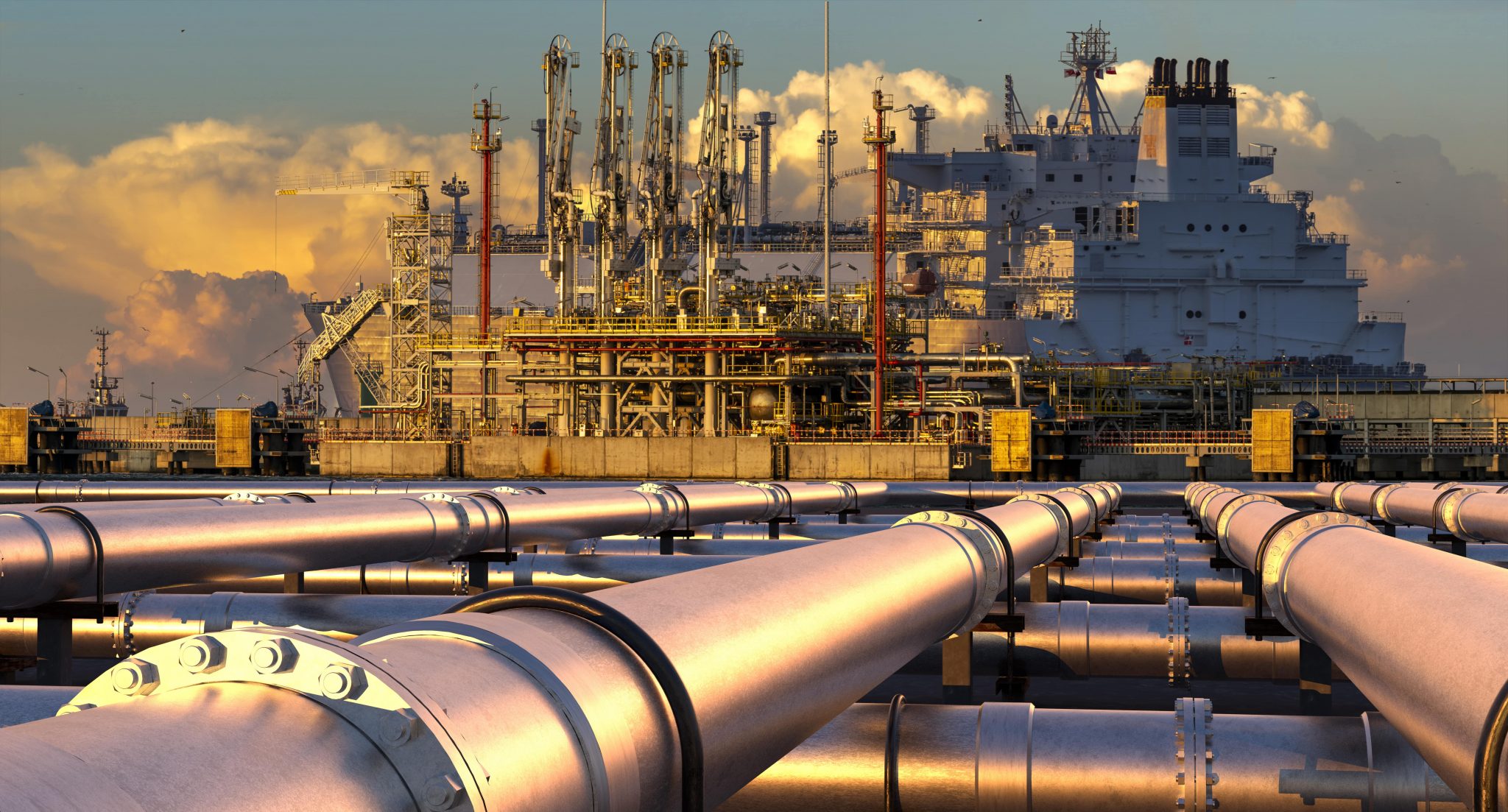
Drone usage becoming more incorporated into terminal facilities
Over the last decade, there has been a rise in drone usage at bulk liquid terminal facilities throughout the U.S. and the world.
Of course, with new technology comes both advantages and disadvantages as terminals continue to grapple with the changing physical security landscape at their facilities.
Bulk liquid terminals, which are the primary midstream storage node for bulk goods like petroleum products, chemicals, asphalt, agricultural products like molasses and beyond, house critical resources as they make their way through the supply chain from producer to end user. As such, they are a potential target for bad actors and must constantly be monitored for any deviation from their normal operation.
The primary benefits of drones in these facilities are improved overall security and safety, such as allowing blind spots and traffic flow to be easily monitored. Their remotely accessed footage and aerial maneuverability provide improved viewpoints to terminal operators quickly and efficiently. Drones can reach storage tanks, pipelines and conveyor belts for more frequent and accessible inspections. The technology can also assist with inventory assessment using specialized sensors that can accurately monitor inventory levels of bulk materials. Additionally, drones can contribute valuable insight by recording data through thermal imagery and geo-location. Current drone technologies also have features such as object-tracking, loudspeakers and high-powered lighting.
Furthermore, drone usage can help reduce the number of workers in high-risk areas, serving as an extra layer of safety defense for staff or any personnel that pass through the facilities. The technology aids supervisors in promptly detecting incidents and creating a safer environment for all. Through enhanced and streamlined routine monitoring, operators can better communicate operational disruptions or hazards, enabling onsite staff to respond more effectively. Depending on the type of drones, some may even be able to deliver emergency supplies and assistance where needed.
However, the implementation of drones is not without drawbacks. Usage can be costly depending on the model and brand, and there is also the obvious question of whether it would be utilized frequently enough for the purchase to be worthwhile. At the same time, drones can be fragile and susceptible to damage if not maintained or used with care. Another factor to consider is regulatory compliance. Incorporating the technology within industrial settings requires that certain regulations and permits be followed, adding another potential level of regulatory burden to a site’s operations. Technical aspects like high-speed network connectivity for proper performance can be a liability as well.
The timeframe for regular drone usage could also vary. It could take some time for users to adjust and learn to navigate the technology before it could be fully incorporated into regular employment. It is important to consider that if any drone usage were to take place outdoors, adverse weather conditions such as heavy rain, wind or fog could hinder visibility. The unpredictability of these situations could lead to potential delays and disruptions.
There’s a chance that drones could be misused if security protocols and weaknesses are exploited, potentially putting them in a vulnerable position. The large amount of sensitive data recorded in the technology requires protection to prevent any form of unauthorized access to it.
All these points are internal concerns within a terminal facility. Given their small and quiet construction, external actors could use drones to monitor a site’s security setup and routines, potentially allowing them to find gaps. The various imaging capabilities of drones could also be used maliciously to target specific products on site, raising a location’s threat factor.
As technological developments like drones evolve and become further incorporated into terminal facilities, it is important to consider the different aspects of how they could affect the entire operation of the establishment. Only with time and further advancements will we understand the net advantages gained with this new branch of terminal operations.
BY JAY CRUZ / 26 june 2024
